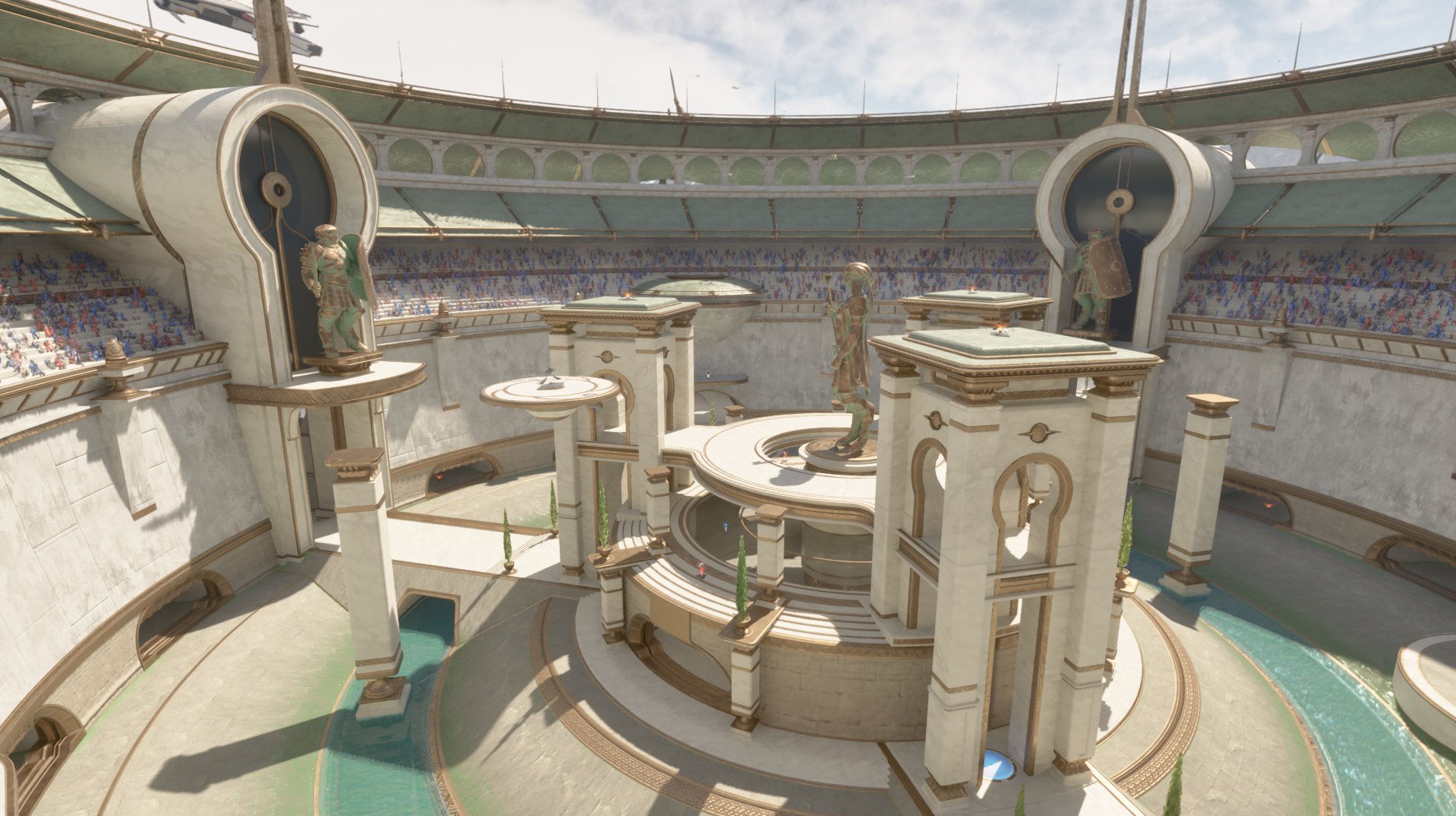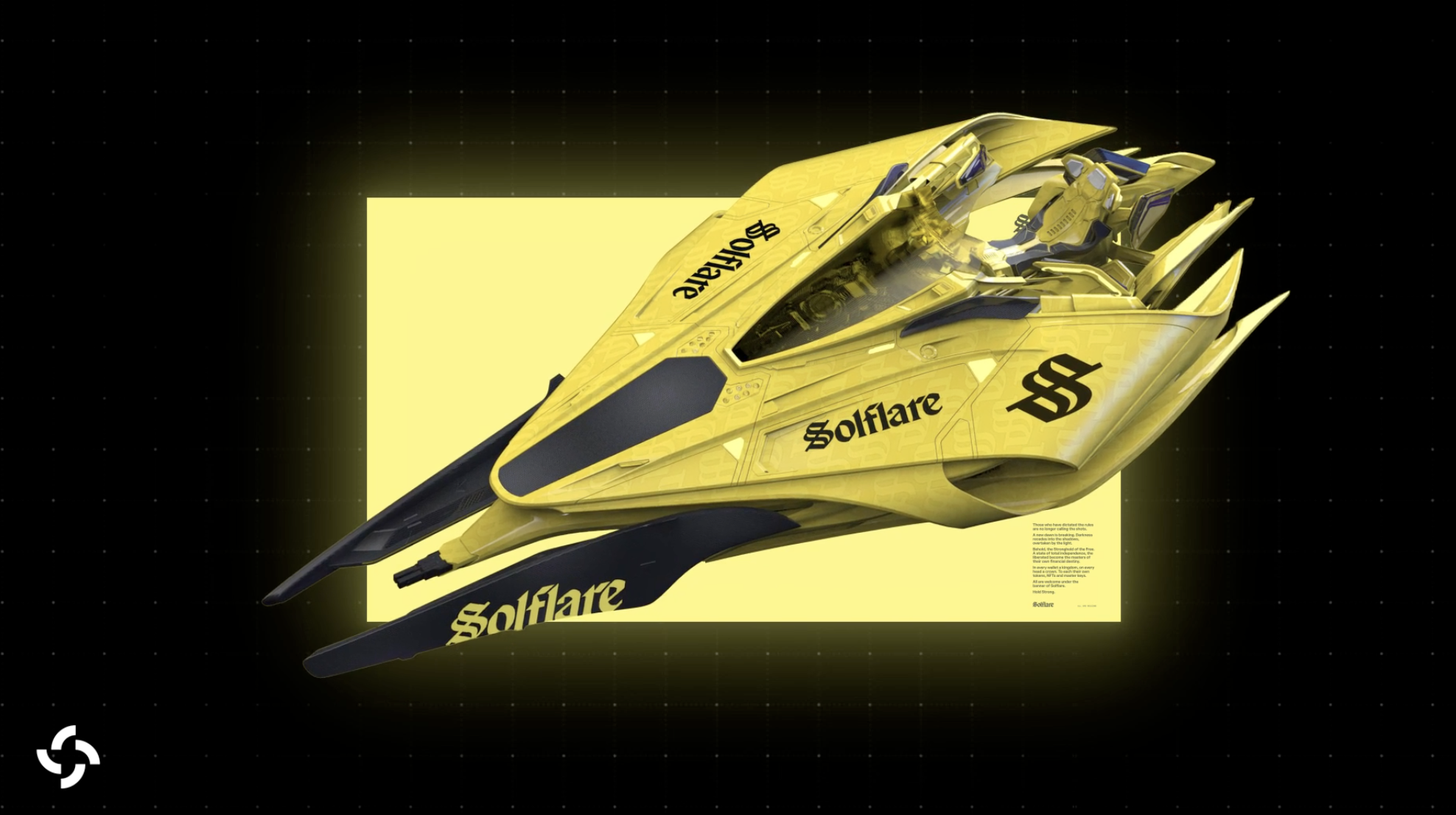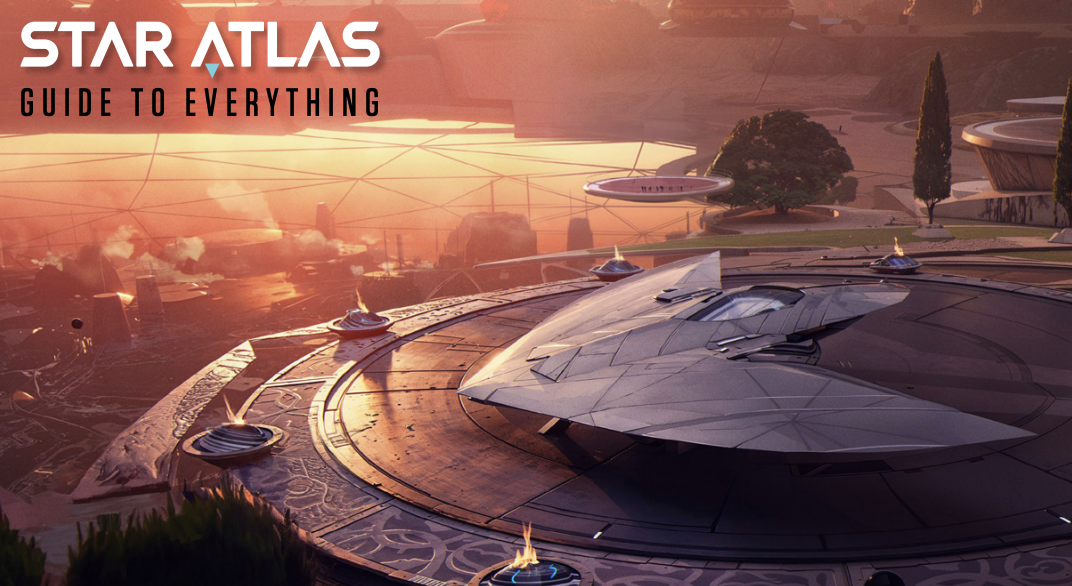
Here’s Everything You Might’ve Missed From Star Atlas Summer
SolanaFloor sits down with Star Atlas to recap all the changes coming to one of crypto's OG gaming ecosystems.
- Published:
- Edited:
Star Atlas needs no introduction. The AAA intergalactic epic is almost as old as Solana itself, offering a comprehensive gaming ecosystem with everything from a third-person arena shooter to a compelling economic strategy game.
While DATs and memecoins have dominated Solana season, Star Atlas Summer has given players plenty to be excited about, including new game modes and updated gameplay. The Web3 gaming titan even managed to ship its own Layer-1 blockchain (supported by hints of an upcoming airdrop).
Sitting down with SolanaFloor, Star Atlas co-founder Michael Wagner walked us through the radical changes coming to one of crypto’s most complete gaming universes.
Arena Improvements
Some of the visually impressive and tangible improvements can be found within the Star Atlas arena shooter mode. Powered by Unreal Engine, Star Atlas’s third-person shooter has received sweeping updates, enabling a far more streamlined gameplay experience.
Alongside improved matchmaking and dedicated servers, Star Atlas’ improved shooter mode introduces a wealth of quality-of-life improvements, enhancing player movement mechanics and motion systems.
Players can also enjoy greater customization, with new skins, equipment loadouts, and missions that add newfound versatility to gameplay.
“Arguably the most unique selling point of our arena shooter are these movement mechanics and motion systems. You have your jetty boots and your jetty on your palms, and you have your bubby, your shield system. Being able to fly around the map in different ways and manage your stamina as you're doing that really creates this fun gameplay."

Initial reception from players has been positive. According to Wagner, arena mode has been “seeing a lot of traction” since the latest update.
Holosim
While Star Atlas’ expansiveness offers a profound and rich experience, the sheer scope of the game’s universe, world-building, and product range can be difficult to wrap one’s head around. One of Star Atlas’s latest products, Holosim, aims to condense the enormity of the Star Atlas ecosystem into an accessible, free-to-play experience for newcomers.
Holosim can best be described as the lite version of Sage Labs, Star Atlas’ crypto-backed economic strategy game. However, where Sage Labs is fiercely competitive and can have real-world consequences, Holosim is a gentler welcome into the universe, guided by an AI virtual assistant and helpful gameplay tutorials.
"[Holosim is] our full free-to-play version of Sage with a bunch of really cool experimental features and enhancements. Things like a tutorial system, something that really helps players get through and learn how to play this more complex 4X RTS MMO style of game. It has mission directives and quests. It has our Sage AI virtual assistant or virtual companion that you can interact with and ask questions about how to play. It has the full context of how to play the game and the lore of Star Atlas."
Despite being free-to-play, Star Atlas has offered incoming players generous incentives to help them get started. As part of a partnership with Solflare, Star Atlas is distributing $35,000 to new players, alongside Solflare-skinned race crafts for the first 1,000 players who complete certain objectives.

We're adding in economic incentives. We have a couple of different reward tracks that people can participate in. Because this full free-to-play game is more web 2-esque, it's kind of us pushing out furthest along that philosophy curve of Web2 vs Web3. The wallet is fully obfuscated; you don't actually know that you're operating onchain, you don't have to buy and hold any assets, you can really just jump in and start playing.
Wagner argues that one of the great benefits of the Holosim experience is that it abstracts away the ‘blockchain’ aspect of gameplay. Holosim is closer to a browser-based web game than a ‘crypto game’, but still serves as a smooth entry point into the Star Atlas ecosystem.
“Within Holosim, you're able to start as a player with extra, extra small ships. Every account is loaded with a few ships at the start. We actually have crafting recipes for ships along the way. So the goal is that as you're progressing along your account, you're starting to craft and grow your fleet along the different scale and class of ships. So you can genuinely go from zero to hero within the game.”
The Star Atlas founder also teased further updates to Sage Labs that are expected to bring fresh dynamism to the in-game economy. While Wagner was admittedly coy on the details, players can anticipate a revamped progression model allowing for diverse combat systems and other specializations.
Our next major update in Sage is a comprehensive overhaul of the gameplay mechanics that will introduce things like combat systems… And then the council rank system, which I'm personally really excited about. This is essentially our formal progression system in the game that includes things like research nodes. So being able to progress through the game, level up, assign points to various specializations, and now really be able to dial in specifically how you want to play the game yourself.
Z.INK
Perhaps Star Atlas Summer’s most polarizing announcement, Solana’s OG onchain blockchain game is launching its very own Layer-1.
While network participants had mixed reactions to the announcement, Wagner is adamant that re-deploying the Star Atlas universe on its own dedicated network offers a dramatically improved player experience.
Solana’s meteoric rise in popularity hasn’t been without its growing pains. Courtesy of memecoin mania and novel onchain experiments like ORE Supply, network congestion has previously made it difficult to land transactions. Perhaps more importantly, surges in priority fees started to eat into players’ profit margins.
“At the beginning of this year, Solana was experiencing pretty significant degrees of network congestion… This is great for Solana. Solana has grown substantially over the five years that we've been building on it… Priority fees were spiking quite substantially and in some cases consuming as much as 30% of gross revenues of our players. And so that's effectively a tax that was paid to Solana out of our players' pockets.”
Originally penned as a zero-knowledge powered identity-play, z.ink gives Star Atlas a far more stabilized base of operations. Unlike on Solana, players won’t need to compete with other users to land transactions. Wagner anticipates a 99% decrease in transaction costs, ultimately helping financially-minded players scale their in-game enterprise.
Naturally, the z.ink Layer-1 will feature its own native token, $ZINK, which joins $ATLAS and $POLIS to the third fungible asset class within the Star Atlas ecosystem. Given that z.ink will operate the SVM, the entirety of the Star Atlas universe can effectively be “lifted-and-shifted” to the new native network.
“Instead of our programs running on Solana mainnet, they'll be running on z.ink mainnet now. Nothing really changes for the player except they should also experience a far more performant gameplay experience. They're not competing with any of the traffic that's on Solana.”
While many Solana network participants were quick to label Star Atlas’ departure from the network a betrayal, Wagner remains a resolute advocate and supporter of the Solana network.
“I certainly wouldn't think of this as us abandoning Solana in any way. We've been staunch advocates and proponents for Solana. I continue to be a strong advocate for Solana tech. You know, if anything, we are using the SVM for a reason. It's because we believe in the underlying technology.”
As if to reinforce this position, Solana’s OG game closed out Star Atlas Summer by giving back to the network that birthed it.
Star Frame
Before punching in the hyperspace co-ordinates for its final exodus, Star Atlas has left Solana with a parting gift.
Given the complexity of Star Atlas’s expansive ecosystem, the team reportedly found Solana’s existing developer framework lacking in certain capacities. To fill this gap, ATMTA developed its own internal framework for building onchain programs, Starframe.
“It's called Starframe. While that's valuable to us, we also do want to contribute back to the Solana ecosystem, that has benefited us so much. We think it's going to be a great tool for all future builders and existing builders on Solana. What it unlocks is the ability to write more sophisticated and complex programs that can achieve more and consume less.”
Wagner posits that Starframe enables Solana’s developers to build more efficient and complex programs. Starframe is reportedly not gaming-exclusive, meaning that the framework can be leveraged to enhance applications across a variety of sectors.
Where to Get Started
The sun may be setting on Star Atlas Summer, but the ecosystem is arguably wider and riper for exploration than ever before. With Holosim providing the trainer wheels Star Atlas has long needed, players now have a simplified and engaging platform through which to test the waters and learn the ropes, without needing to make any financial commitments.

According to Wagner, cosmo-curious gamers would be best served visiting the Star Atlas website and downloading the 149-page free Star Atlas Guide to Everything, which gives new players a comprehensive overview of everything they need to know before setting course for Galia.
Read More on SolanaFloor
Solana dominates in market surge
$61M in Shorts Liquidated in 24 hours as Solana Flips $BNB
SolanaFloor Sits Down with Star Atlas CEO Michael Wagner


